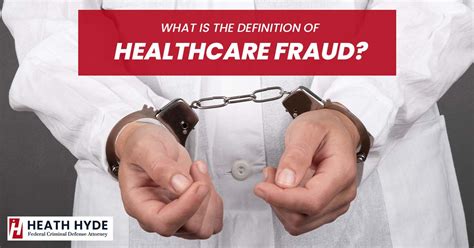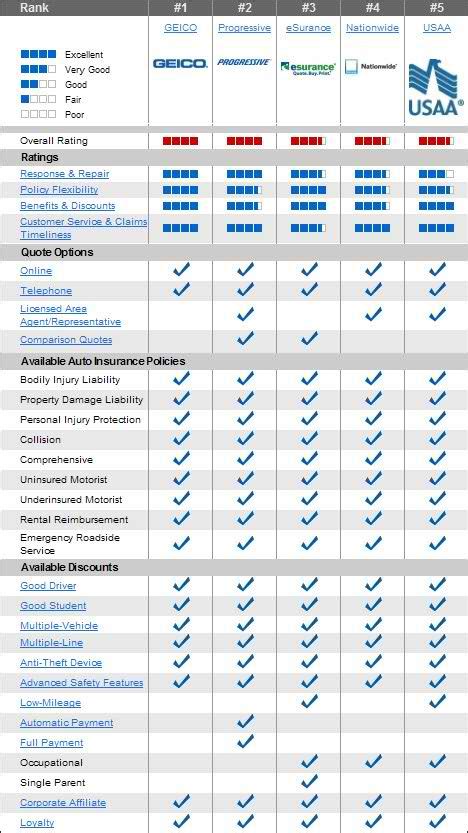Health Insurance Fraud

Health insurance fraud is a complex and pervasive issue that affects individuals, healthcare providers, and insurance companies alike. With the rise of advanced technologies and evolving fraud schemes, it has become more challenging to detect and prevent fraudulent activities within the healthcare system. This article aims to delve into the world of health insurance fraud, exploring its various facets, impact, and potential solutions.
The Dark Side of Healthcare: Understanding Health Insurance Fraud

Health insurance fraud is a deliberate act of deception or misrepresentation aimed at obtaining unauthorized benefits, services, or payments from healthcare providers, insurers, or government healthcare programs. It is a criminal offense that undermines the integrity of the healthcare system and poses significant financial and ethical challenges.
Fraudsters employ a wide range of tactics, including billing for services not rendered, inflating the cost of procedures, falsifying diagnoses, and submitting false claims for medical equipment or prescription drugs. These fraudulent activities can occur at different levels, involving patients, healthcare professionals, insurance agents, or organized criminal networks.
The Financial Impact
The financial implications of health insurance fraud are staggering. According to recent estimates, fraud accounts for billions of dollars in losses each year, driving up healthcare costs and insurance premiums for everyone. These losses not only strain the healthcare system but also divert resources away from legitimate healthcare services and essential research.
| Country/Region | Estimated Annual Losses Due to Health Insurance Fraud |
|---|---|
| United States | $70 - $250 billion |
| European Union | €19.3 billion |
| Canada | CA$1 billion |

The economic impact of fraud extends beyond financial losses. It erodes public trust in the healthcare system, discourages legitimate claims, and can lead to reduced access to healthcare services for those in need.
Types of Health Insurance Fraud
Health insurance fraud manifests in various forms, each with its own unique characteristics and methods. Here are some common types of fraud:
- Billing for Non-Rendered Services: Providers bill for procedures or treatments that were never performed or for services that were unnecessary or excessive.
- Upcoding and Unbundling: Fraudsters use more expensive procedure codes or inflate the number of services provided to increase reimbursement.
- Falsifying Diagnoses: This involves fabricating or exaggerating medical conditions to justify unnecessary tests, treatments, or prescriptions.
- Phantom Billing: Creating fake patients or billing for services that were never provided to real patients.
- Identity Theft: Using stolen or fabricated patient identities to submit false claims or obtain unauthorized treatments.
- Prescription Drug Fraud: Manipulating prescriptions, forging prescriptions, or diverting controlled substances for illegal purposes.
- Organized Fraud Rings: Complex schemes involving multiple parties, such as healthcare providers, pharmacies, and insurance agents, working together to commit fraud on a large scale.
The Battle Against Fraud: Detection and Prevention Strategies

Combating health insurance fraud requires a multifaceted approach involving advanced technologies, enhanced collaboration, and a shift in cultural attitudes.
Advanced Analytics and Data Science
Utilizing advanced analytics and data science techniques is crucial in identifying suspicious patterns and anomalies in healthcare data. Machine learning algorithms can analyze vast datasets, detect fraudulent activities, and flag potential cases for further investigation.
For example, predictive modeling can identify high-risk claims based on historical data, allowing insurers and healthcare providers to prioritize their fraud detection efforts. Natural language processing can also be employed to analyze medical records and identify inconsistencies or discrepancies.
Collaboration and Information Sharing
Effective collaboration between healthcare providers, insurers, law enforcement agencies, and government bodies is essential in combating fraud. Sharing information and intelligence across sectors can help identify organized fraud rings and disrupt their operations.
Industry-wide databases and data-sharing platforms can facilitate the exchange of information on known fraudsters, suspicious activities, and emerging fraud trends. This collaborative approach enables a more proactive and coordinated response to fraud.
Enhanced Security Measures
Implementing robust security measures is crucial in protecting sensitive healthcare data and preventing unauthorized access. Encryption, access controls, and two-factor authentication can help safeguard patient information and reduce the risk of identity theft.
Additionally, regular security audits and vulnerability assessments can identify weaknesses in systems and networks, allowing for timely remediation. Healthcare providers and insurers should also educate their staff on security best practices to minimize the risk of accidental data breaches.
Education and Awareness
Raising awareness about health insurance fraud and its consequences is vital in preventing fraudulent activities. Educating patients, healthcare professionals, and insurance agents can help identify potential red flags and encourage reporting of suspicious behavior.
Public awareness campaigns, training programs, and educational resources can play a significant role in fostering a culture of integrity and ethical behavior within the healthcare industry.
The Future of Health Insurance Fraud Prevention
As technology continues to advance, so do the methods and sophistication of health insurance fraud. However, the future of fraud prevention holds promising opportunities.
Artificial Intelligence and Machine Learning
Artificial intelligence (AI) and machine learning technologies are expected to play a pivotal role in enhancing fraud detection and prevention. AI algorithms can continuously learn and adapt to new fraud patterns, improving accuracy and speed in identifying suspicious activities.
Natural language processing and image recognition technologies can also be leveraged to analyze medical records, prescriptions, and other healthcare documents, detecting anomalies and potential fraud indicators.
Blockchain Technology
Blockchain, the technology behind cryptocurrencies, offers a secure and transparent way of storing and sharing healthcare data. By utilizing blockchain, healthcare providers and insurers can create an immutable audit trail, making it more difficult for fraudsters to manipulate data or submit false claims.
Additionally, blockchain-based smart contracts can automate certain processes, reducing the potential for human error and fraud.
Enhanced Regulatory Measures
Strengthening regulatory frameworks and increasing penalties for health insurance fraud can serve as a deterrent and encourage compliance. Governments and regulatory bodies can work together to establish more robust oversight mechanisms and enhance collaboration between law enforcement agencies and the healthcare industry.
Conclusion
Health insurance fraud is a complex and persistent issue that requires a comprehensive and adaptive approach. By understanding the various forms of fraud, implementing advanced technologies, and fostering a culture of integrity, we can work towards minimizing its impact on the healthcare system and ensuring the well-being of patients and providers alike.
What are the consequences of health insurance fraud for individuals and providers?
+Health insurance fraud can have severe consequences for individuals and providers. For individuals, it may result in legal penalties, including fines, imprisonment, or both. Additionally, individuals may face civil lawsuits and be required to repay any fraudulent claims. For healthcare providers, fraud can lead to loss of licensure, exclusion from Medicare or Medicaid programs, and significant financial penalties.
How can patients protect themselves from becoming victims of health insurance fraud?
+Patients can take several precautions to protect themselves from health insurance fraud. It is essential to review explanation of benefits (EOB) statements and medical bills carefully, looking for any unfamiliar charges or services. Patients should also keep their personal and healthcare information secure, avoiding sharing sensitive details with unknown sources. Additionally, staying informed about common fraud schemes and reporting any suspicious activities can help prevent fraud.
What role do insurance companies play in combating health insurance fraud?
+Insurance companies play a critical role in fraud detection and prevention. They invest in advanced analytics, data science, and fraud investigation teams to identify suspicious claims and patterns. Insurance companies also collaborate with healthcare providers, law enforcement, and government agencies to share information and disrupt fraud networks. By combining their resources and expertise, they work towards reducing fraud and protecting policyholders.



